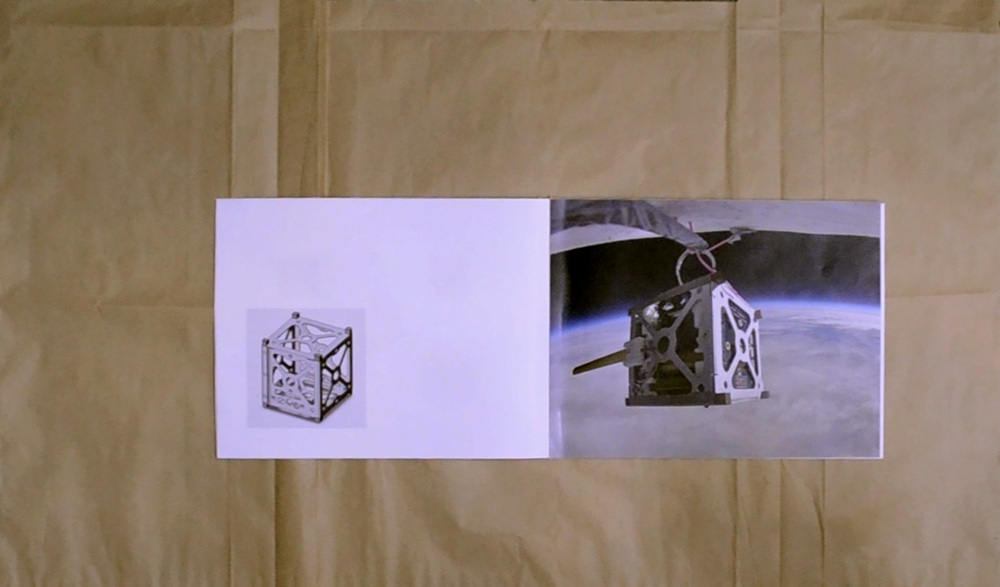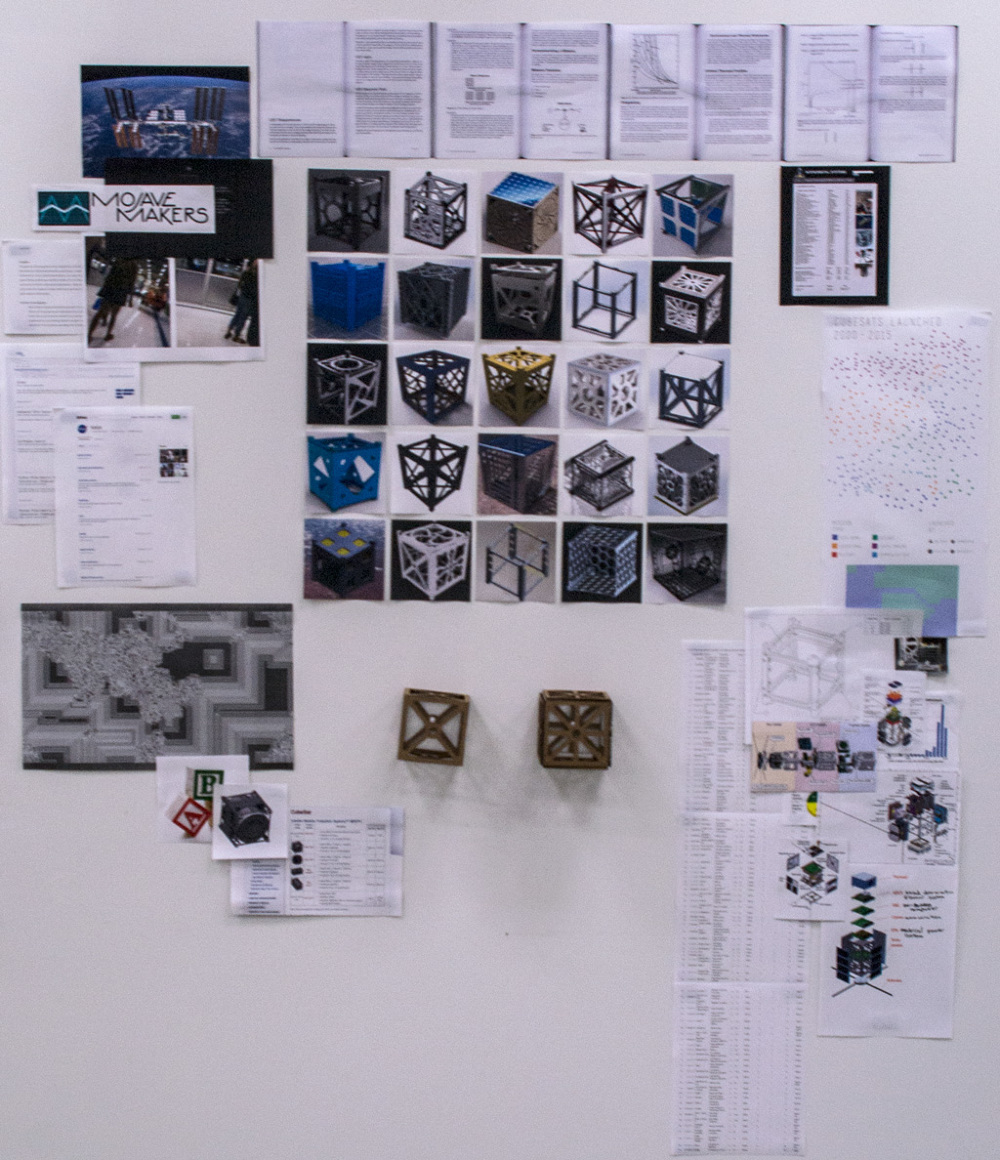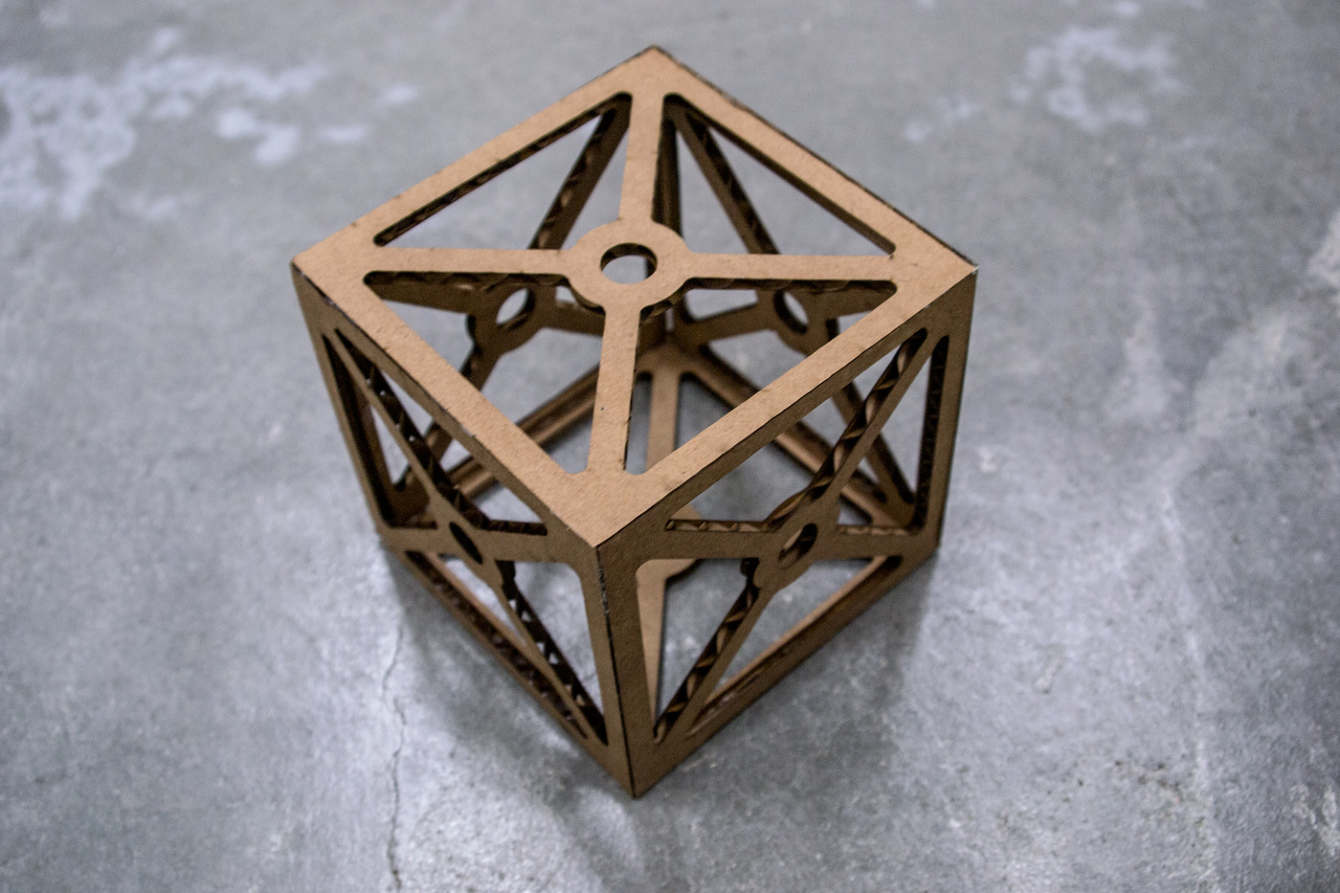A Formal and Material Investigation into Picosatellite Frameworks, Uses, and Impact



Through the use of open-source nano satellite hardware and software platforms like the tubesat and cubesat, space exploration has become a more attainable goal than it was 50 or even 20 years ago. This influx of cost effective orbiters has bolstered an attitude of communal enthusiasm for the investigation of low earth orbit, as well as distant celestial bodies. Counter to this attitude however, this accessibility has had few, if any, major impacts on individual space exploration efforts. Now more than ever, an orbit around the earth is within reach for a large number of people, though few endeavor to reach out. Perhaps, they don’t know that they can reach out and touch it. How then, can we increase the tangibility of space?
A Formal and Material Investigation into Picosatellite Frameworks, Uses and Impact is a design-based inquiry into the new space industry and its effect on everyday life. The book looks specifically at the cubesat picosatellite platform, which is one of the most affordable ways to put an object into orbit. As the space industry turns toward a more privatized approach, we must consider carefully the methodology with which we approach and ultimately colonize space.
This investigation utilizes scientific data and engineering diagrams to humanize and demystify satellites and space exploration. It pairs these established space norms with common objects and activities. Additionally, many elements in the book mirror the tangibility of the cubesat architecture: images are scaled 1:1 to cubesat size specifications, all fonts used are open source to mirror the open source architecture of the platform, and images of cubesats were curated to prominently feature people holding or touching the satellites.